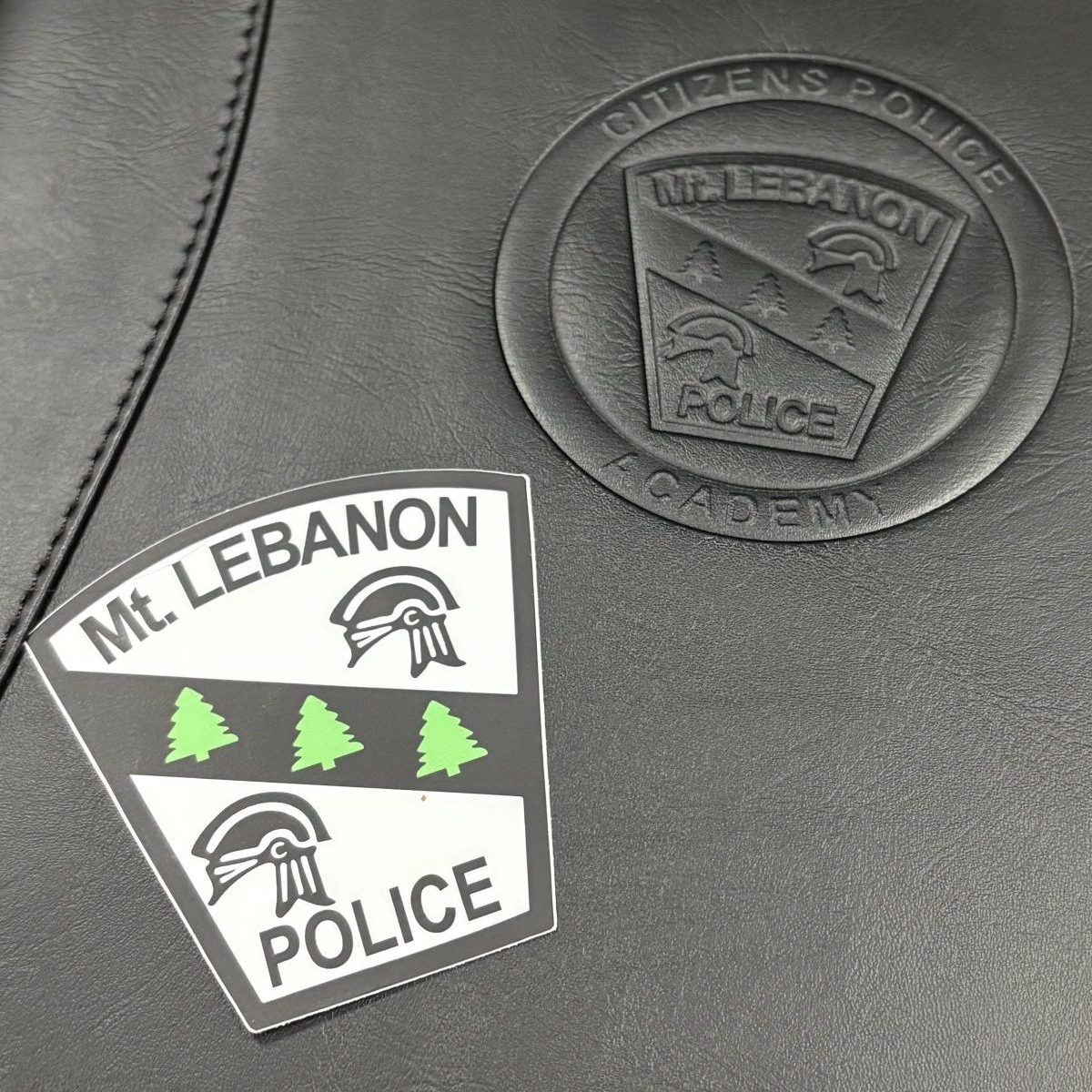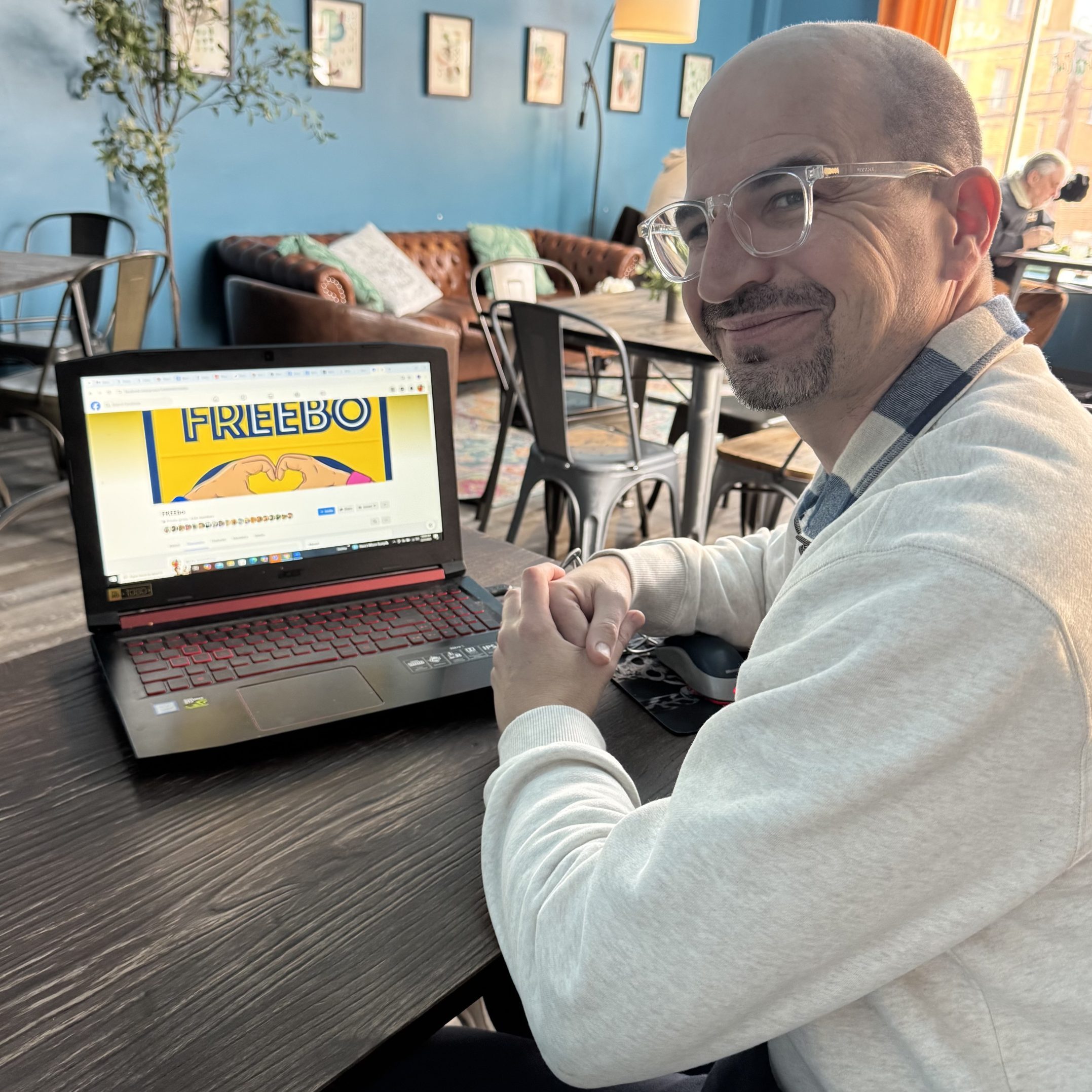Adventures in Relearning to Drive

I started a new adventure this spring. It’s been 14 years in the making, starting when I learned that I’m losing my central vision.
Visual impairment is a gray and murky term. There are shades of sight loss and I sit somewhere in one of those shades. With declining sight comes difficulty driving and walking the fine line of a revoked driver’s license.
Pennsylvania legalized bioptic driving in 2021. Since this is such a new thing, I’m a fledgling participant pursuing a new type of driver’s license in Pennsylvania.
For me, it’s a game-changer. After completing all of the complex requirements and cutting through a tangled mess of red tape, I’ll finally able to gain some freedom back and drive more than just a few feet away from my house without worry.
So, what is bioptic driving? Do you think it’s just a sci-fi term that belongs in a Star Trek episode? It’s ok, I don’t blame you if you do. I had to Google the term myself. I’ll spare you the nitty-gritty details and just say that I’ll be driving with specialized glasses that have magnifiers affixed to the top of each lens. Think of it as having binoculars at the top of your glasses so you can quickly zoom in to see stop lights and read road signs.
The process will take me some time. I’m typically an instant gratification type of girl but for this one, I’m going to have to prepare for the long haul.
Recently, I met with my low vision rehabilitation specialist to start my training. UPMC had just opened the Mercy Pavilion and I was one of the earliest patients to marvel at this state-of-the-art facility. No detail was spared and it’s obvious that the designers tried hard to make it an accessible and advanced facility.
For the first visit, my rehab specialist handed me a pair of glasses with just one bioptic (little magnifying lens) affixed on the left glass lens. To pursue this, it’s not as easy as just going in and grabbing your fancy new pair of custom-made glasses. I’ll have to dedicate several sessions to get adjusted to the lens for one eye before my glasses are designed.
We strolled through the sparkling new building and I marveled at reading various signs throughout. I pointed out the name of the elevator banks, studied some artwork displayed in the waiting rooms and walked out onto the street to determine which way construction signs pointed.
We spent one and a half hours walking, talking and looking at the surroundings. We spent time in a mock apartment setup for assisting patients who are learning to live with physical barriers or visual impairment. We strolled through a carefully-constructed garden created for the same purpose. It was meant to teach patients how to navigate through life with their personal impairments and tackle steps, uneven ground, ramps and whatever else one would cross in a daily walking routine.
After our time, I asked when our next appointment would be scheduled, like an eager puppy ready for more water. We set three more sessions and discussed next steps. Once I finish this process, my low-vision eye doctor will request that my custom lenses be created.
Then the fun—and hard work—begins. I’ll get my glasses but they won’t set me free in the real world to zoom around in my car.
This is just the beginning. Next comes driver training. I’ll need to ride as a passenger for several hours before I can even sit behind the wheel with my new, stylish look.
After that, I’ll work with a specialized instructor and drive them all over the place to log hours behind the wheel while wearing my new glasses. Then ultimately, I’ll need to take a test with PennDOT and secure my new license.
This all will take months, at the bare minimum. Whether it takes months or years, I’m ready for the long game. I’m ready to commit the time necessary to acquire some freedom back. This is just the beginning but I’ve tasted the sweet potential to gain a piece of my past back: driving without worry.





